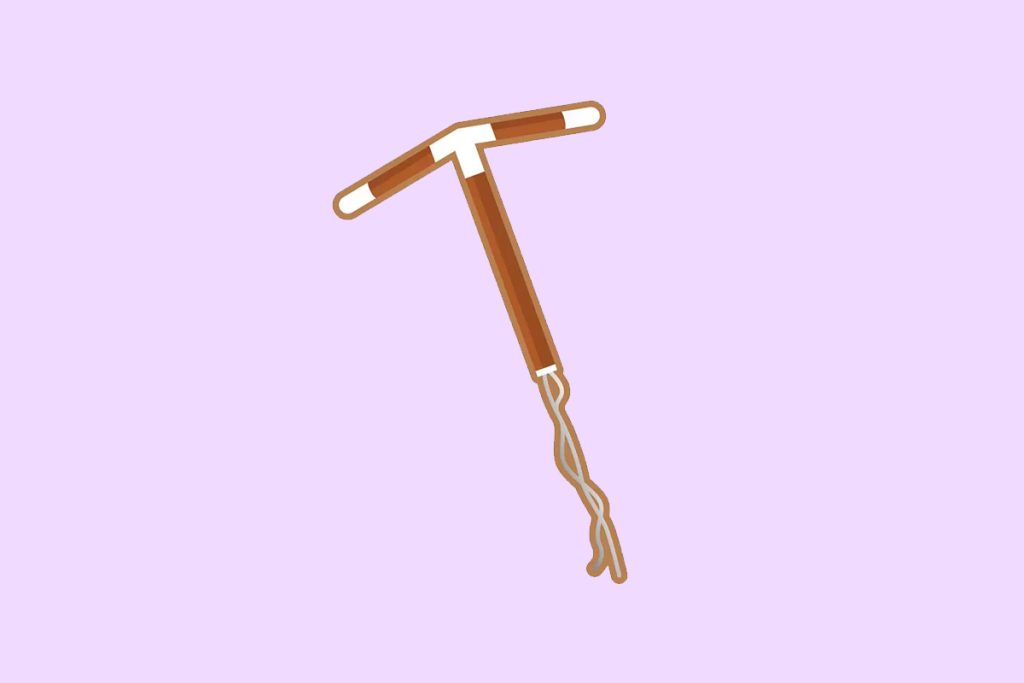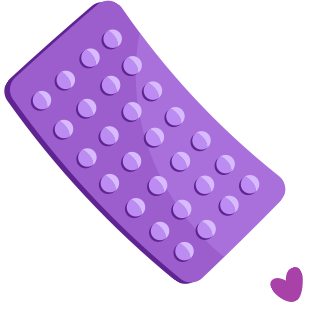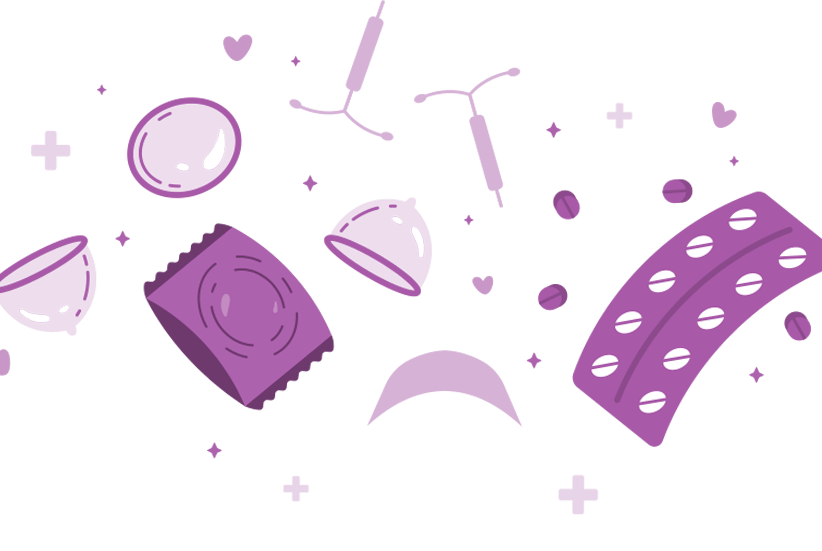Thinking about long-term contraception? An IUD (intrauterine device) offers a highly effective, reversible, and low-maintenance option for preventing pregnancy. Available in both hormonal and non-hormonal types, IUDs provide protection for several years while giving you the freedom to focus on life without daily reminders. This guide will help you understand how IUDs work, their benefits, potential side effects, and tips for safe use in the Philippines.
What Is It
An IUD (intrauterine device) is a small piece of flexible plastic wrapped in copper that offers up to ten years of protection. It’s inserted into the uterus by a doctor or healthcare provider, and is only made of high-quality materials which makes it safe to stay inside the body for years. If you want to get pregnant, you can have the IUD removed at any time, and your fertility returns immediately once it’s out.
IUDs come in two main types: hormonal and non-hormonal (copper IUDs), each with distinct mechanisms of action and benefits.
Hormonal IUDs
Hormonal IUDs release small amounts of progestin, a synthetic hormone similar to progesterone, into the uterus. This hormone thickens cervical mucus, making it difficult for sperm to reach the egg, and thins the uterine lining, reducing the likelihood of implantation. In some cases, hormonal IUDs can also suppress ovulation.
Non-Hormonal (Copper IUDs)
Copper IUDs use copper as a natural spermicide. The copper ions create an environment that is toxic to sperm, preventing them from fertilizing an egg. This type of IUD does not release hormones, making it a great choice for those who prefer hormone-free contraception.
Copper IUDs are T-shaped plastics with copper wrapped around on both the arms and body of the device. A single device can protect women from pregnancy for as long as ten years, and is generally the most economical IUD available.
In the Philippines, the only available type of IUD is the non-hormonal copper IUD.
How It Works
Copper is a highly effective spermicide. Its role in IUDs is to change the way sperm move to prevent them from fertilizing an egg cell. Sounds strange, but it works really well!
Once the IUD is inserted, it’s effective immediately. They’re comfortable, and will not affect your daily activities. IUDs shouldn’t be felt once inserted, but if you do, that may be a sign that it’s not in place. It rarely happens, but it is possible. In case you are faced with this situation, do not attempt to adjust it on your own. Set an appointment with your doctor immediately, and do not rely on the IUD for protection against pregnancy while you have not yet seen your doctor. Use a back-up method such as condoms for protection.
How To Use It
You can get the IUD inserted at any time as long as you’re sure you’re not pregnant. Most healthcare providers prefer to insert the IUD during your period because that’s when your cervix (the opening to your uterus) is open the most. It may also be more comfortable for you.
After the IUD is properly inserted, your healthcare provider will snip off the strings, but will leave enough length to be able to remove the device later on, and for you to be able to check if the IUD is in place. Don’t worry, the strings will not hang out of your vagina.
It’s normal to feel some cramps after having the IUD inserted, but it will subside after resting or taking pain medication. Some women may feel dizzy after the insertion, but again, it will subside too. For a few weeks after the insertion, some women may experience spotting or cramping, but will also eventually go away.
After having the IUD inserted, you’ll have to check it once a month to make sure it’s in place. The best time to check it is right after your period because your cervix opens slightly during menstruation, which is when the possibility of your IUD getting displaced is higher, although it rarely happens. To check your IUD, do the following directions:
- Wash your hands with warm water and soap.
- Get into a squat position (like when you are sitting on the toilet).
- Insert one clean finger into your vagina until you feel your cervix. Your cervix will feel a little firmer, like the tip of your nose.
- Feel for your IUD strings. If you feel them, then your IUD is in place. If you cannot feel your strings or you can feel the bottom of the IUD at your cervix, your IUD is not in place. If your IUD is not in place, do not attempt to adjust it by yourself. Make an appointment with your doctor, and in the meantime, use a backup method of contraception.
Benefits
- Long-lasting contraception (3–10 years depending on type)
- Fertility returns immediately after removal
- Highly effective (>99%)
- Minimal maintenance
- Can be hormone-free (copper IUD) or low-dose hormone (hormonal IUD)
- Suitable for women with certain health conditions (e.g., smokers, hypertension, diabetes)
Potential Side Effects
Common:
- Irregular or heavier periods (more common with copper IUD)
- Spotting between periods
- Cramping or backache
Less Common:
- IUD displacement
- Rare uterine wall perforation
- Infection (usually linked to insertion procedure)
Debunking Common Myths
- IUDs do not cause cancer, infertility, or birth defects
- IUDs do not travel to the heart or brain
- Women who have not given birth can use an IUD
- IUDs do not interfere with sex
- Fertility returns immediately after removal, and pregnancy is possible
Remember, IUDs are to be inserted by a trained healthcare professional only.
Conclusion
IUDs, whether hormonal or non-hormonal, are highly effective, long-term, and reversible contraceptives. Proper insertion and monitoring by a trained healthcare professional ensure safety and effectiveness. With the right guidance, IUDs can provide reliable contraception while giving you the freedom and peace of mind to focus on your life.
Source:
National Health Service. (n.d.). What is an IUD (intrauterine device)?. NHS. Retrieved November 29, 2024, from https://www.nhs.uk/contraception/methods-of-contraception/iud-coil/what-is-it/
Lindemann, M. (2022, May 24). Copper IUD: What it is, benefits, and side effects. Medical News Today. Retrieved November 29, 2024, from https://www.medicalnewstoday.com/articles/copper-iud#what-it-is








